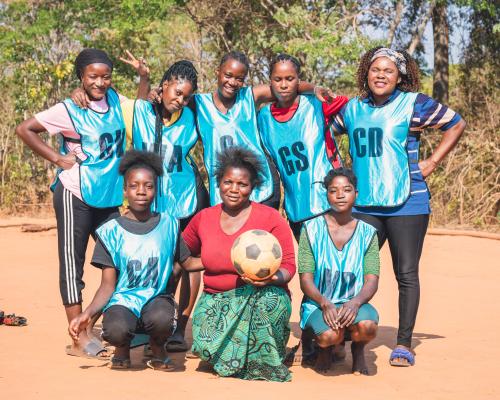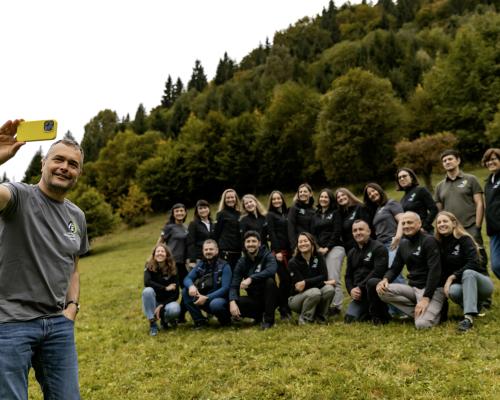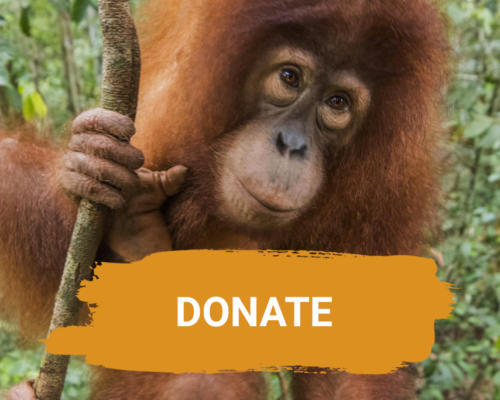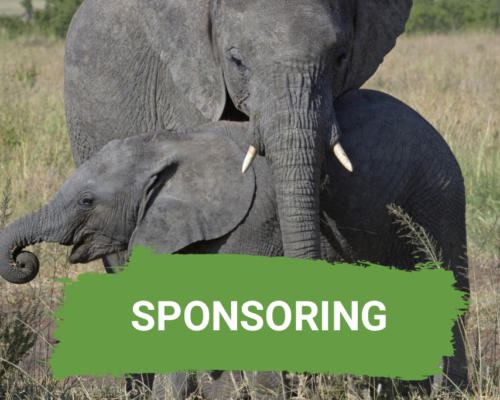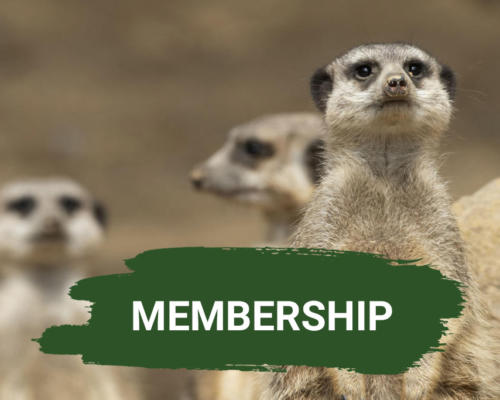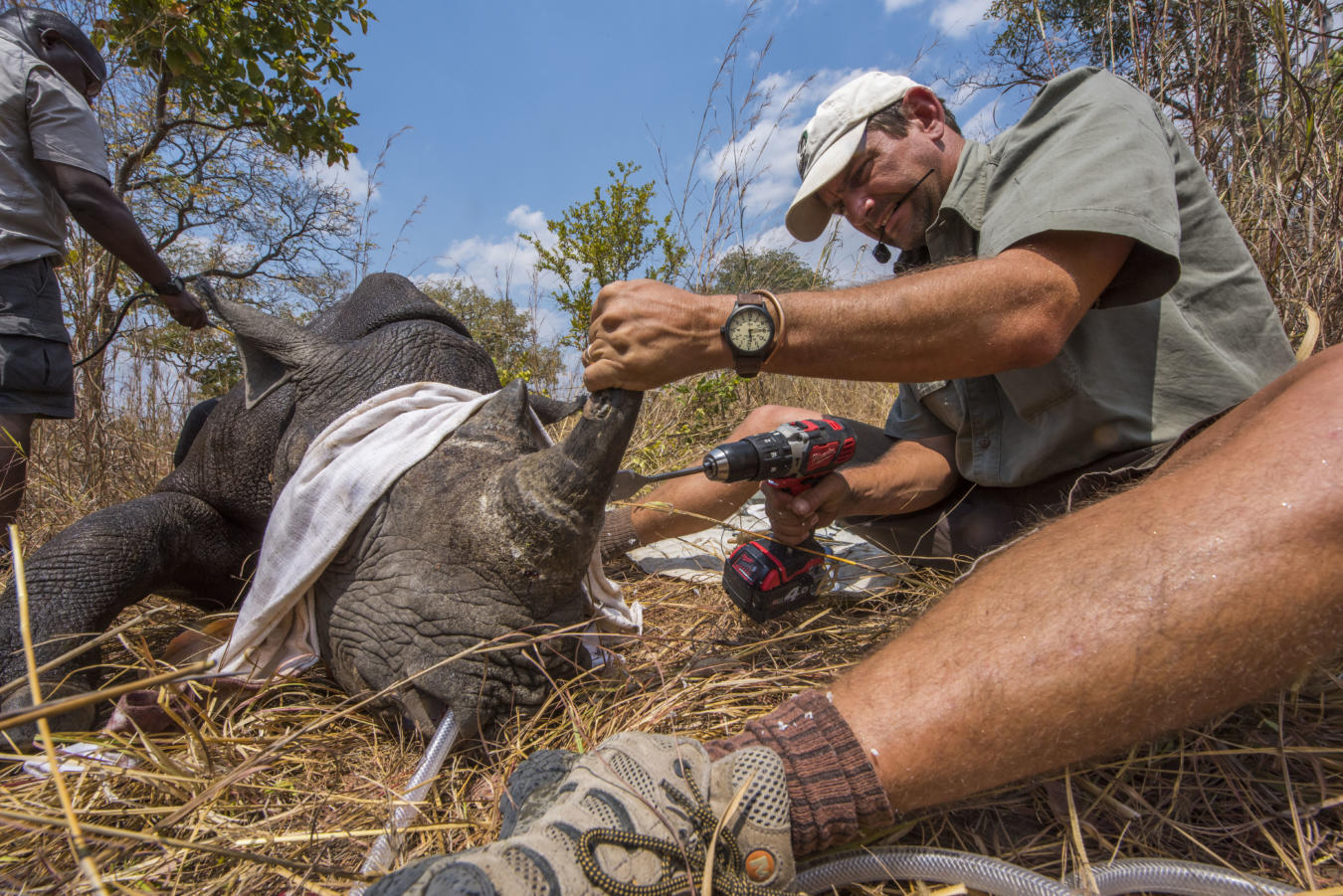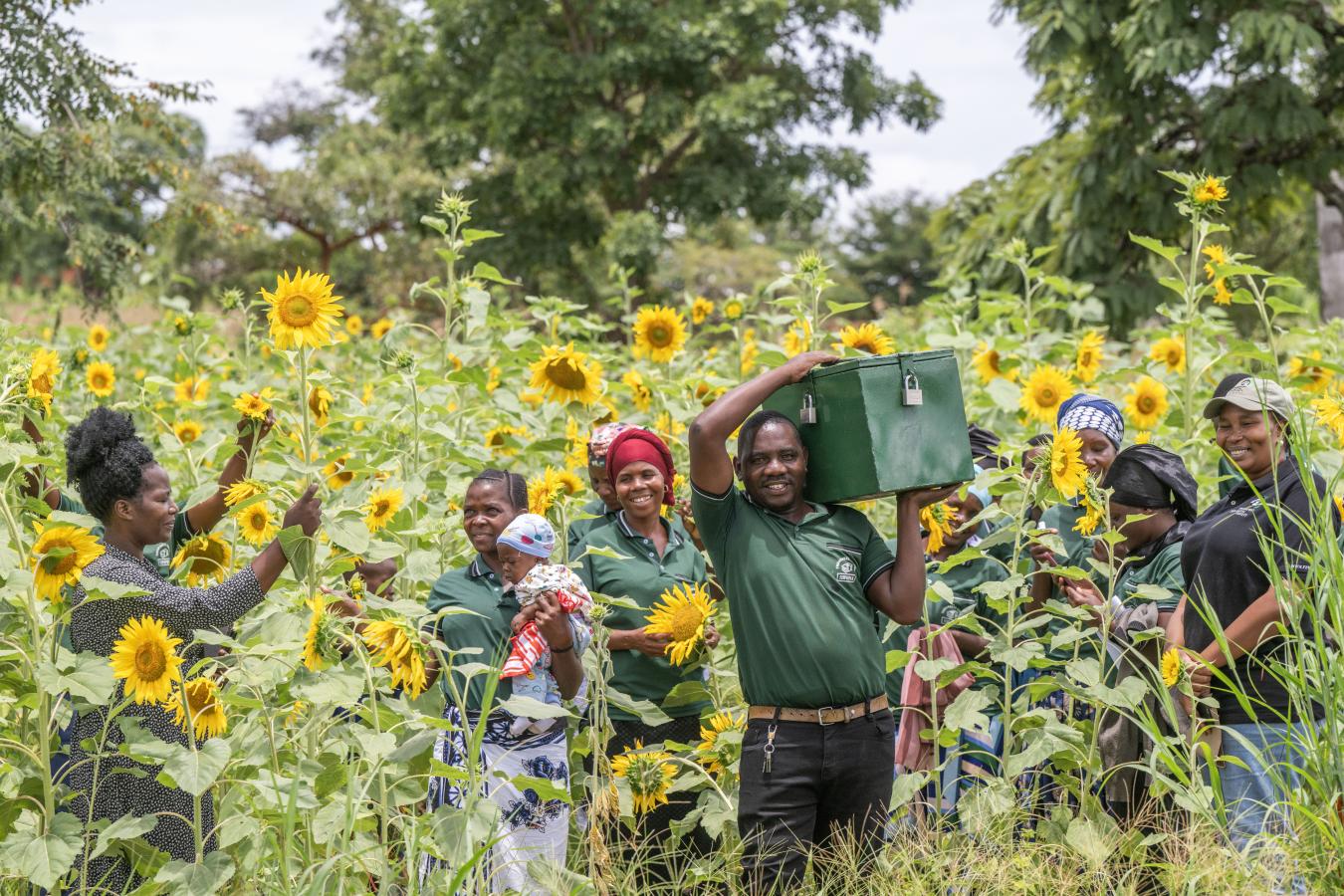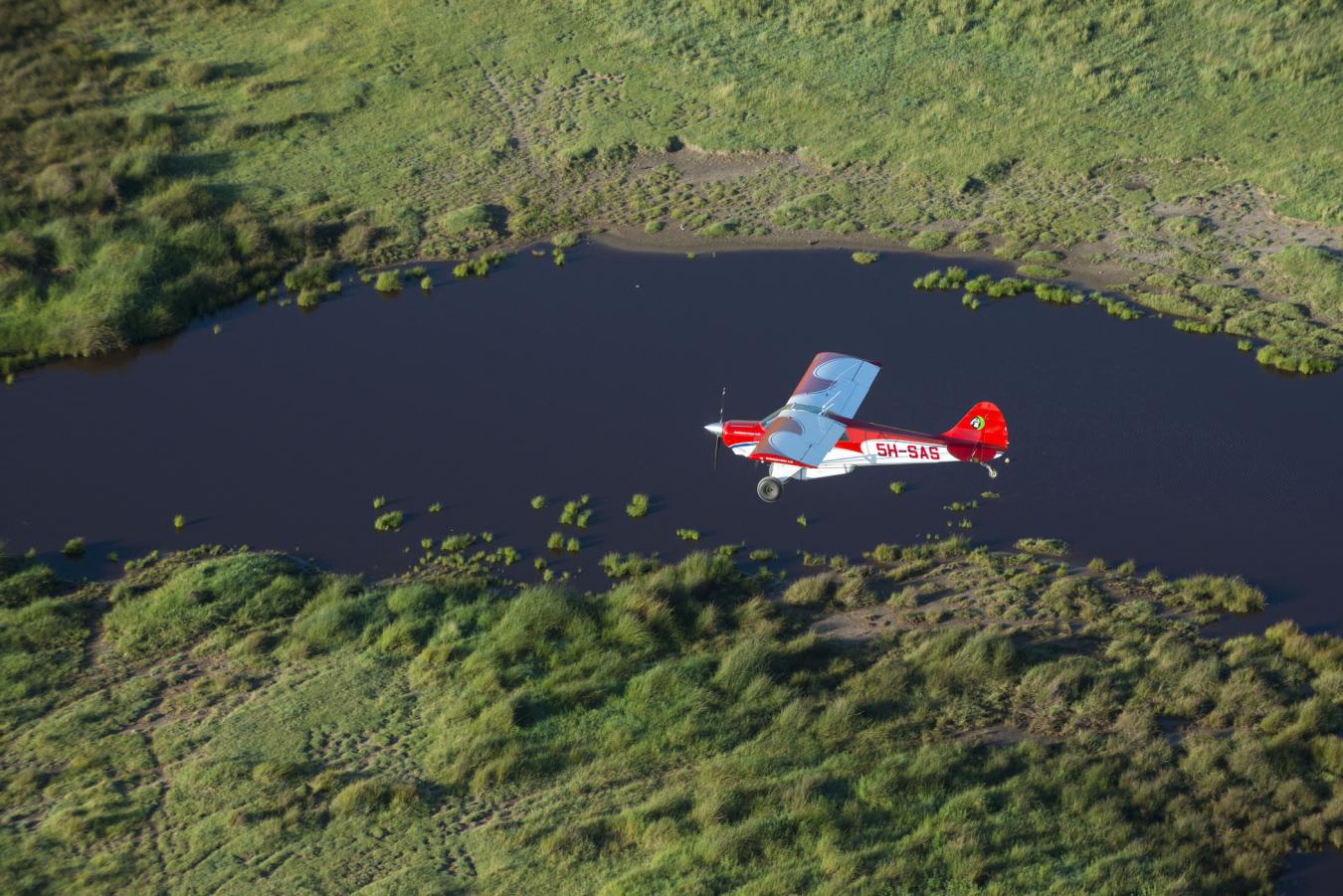
A Strategic Conservation Investment
The Help for Threatened Wildlife Foundation (German: Stiftung Hilfe für die bedrohte Tierwelt) is a dedicated endowment-based financial instrument, formally established in 2001 by the Frankfurt Zoological Society (FZS). Its origins trace back to a special account created in 1961 to collect donations during the popular television program “Ein Platz für Tiere”. Over time, through continued donations and bequests, that account grew into a substantial capital base, which was later incorporated into the foundation.
The foundation’s sole purpose is to ensure the long-term financial resilience and strategic continuity of FZS’s global conservation efforts. It also provides impactful giving opportunities for individuals, families, and institutions seeking to align their values with sustainable, mission-driven conservation funding.
The foundation maintains a permanent endowment exceeding €60 million, built from capital inherited and grown over many years. The capital base is structured as a permanent endowment.
In 2024, the foundation reports a balance sheet total of €94 million, comprising reserves and entrusted assets.
The fund’s investment framework is guided by long-term capital preservation and mission-aligned deployment.
Disbursements are aligned with FZS’s conservation portfolio, prioritizing protected area operations, ecological monitoring, anti-poaching enforcement, and community engagement programs.
Investment income enables scalable and replicable conservation outcomes, mitigating financial volatility from year-to-year fundraising cycles.
The foundation is independent and subject to German foundation law. It adheres to well-established best practices in sustainable fund management and is overseen by a dedicated board of up to ten members.
The foundation is a member of the Bundesverband Deutscher Stiftungen (Association of German Foundations) and the Initiative Frankfurter Stiftungen (Frankfurt Foundations Initiative).
Affluent individuals and families seeking to generate long-term, measurable impact can support the foundation through capital-preserving philanthropic structures such as:
- Endowment contributions to the foundation’s core capital
- Establishment of named funds or sub-trusts tailored to specific thematic or geographic conservation interests
These philanthropic commitments can be structured:
- Inter vivos, as part of a lifetime giving strategy
- Posthumously, via testamentary instruments (e.g., wills, charitable trusts, or bequests)
All contributions are preserved in perpetuity; only investment income is deployed. This ensures that capital remains intact while generating stable, long-term funding streams for global biodiversity protection.
This approach enables donors to align philanthropic intent with sustainable asset stewardship—combining conservation impact with disciplined financial governance.
Smaller or dependent foundations seeking efficiency and reach can partner with the Help for Threatened Wildlife Foundation under an umbrella structure that offers:
- Retention of the founder’s name and philanthropic identity
- Strategic alignment with the mission and impact model of the Frankfurt Zoological Society (FZS)
- Operational and administrative efficiency, including streamlined regulatory compliance and reporting
Integrated capital is pooled under the foundation’s endowment model, while earnings are transparently allocated to mission-aligned conservation projects. This framework preserves donor intent, ensures sustainability, and delivers verifiable outcomes—while reducing overhead and fiduciary complexity.
The Frankfurt Zoological Society (FZS) benefits from strategic philanthropic partnerships with a range of independent and affiliated foundations. These entities contribute directly or indirectly to advancing FZS’s global conservation mission through long-term, purpose-aligned funding.
A notable example is the Eleonore Beck Foundation, based in Munich, which—pursuant to its founding statutes—exclusively supports FZS initiatives.
In addition, several independent and dependent sub-foundations, as well as named funds under the umbrella of the Help for Threatened Wildlife Foundation, complement this philanthropic architecture. These include, among others, the Johanna Samel Fund and the Foundation for Bird Protection in Wetlands, each structured to preserve donor intent while leveraging the foundation’s capital management and project delivery infrastructure.
This model ensures both strategic alignment and operational efficiency, enabling mission-driven foundations to achieve lasting conservation impact through a trusted, professionally managed platform.
-
 Hans Bernhardt – Chairman (former executive board member of the Landwirtschaftliche Rentenbank, Germany)
Hans Bernhardt – Chairman (former executive board member of the Landwirtschaftliche Rentenbank, Germany) -
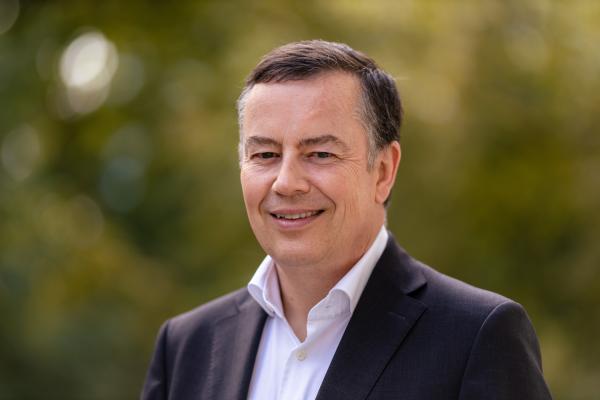 Klaus Becker (Chairman Europe, Middle East, Africa and India of KPMG EMA Cooperative)
Klaus Becker (Chairman Europe, Middle East, Africa and India of KPMG EMA Cooperative) -
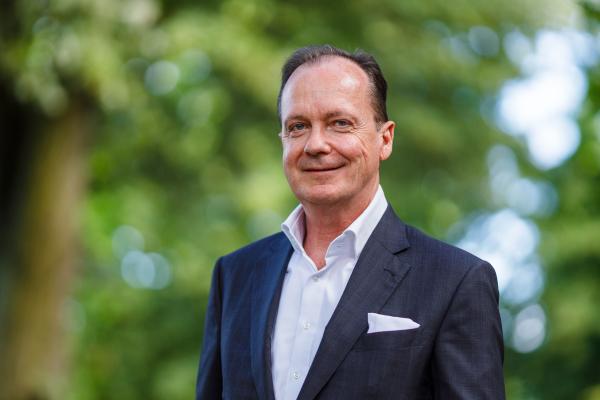 Dr. Arne Weick (Head of Corporate Clients on the Executive Board at Frankfurter Sparkasse)
Dr. Arne Weick (Head of Corporate Clients on the Executive Board at Frankfurter Sparkasse) -
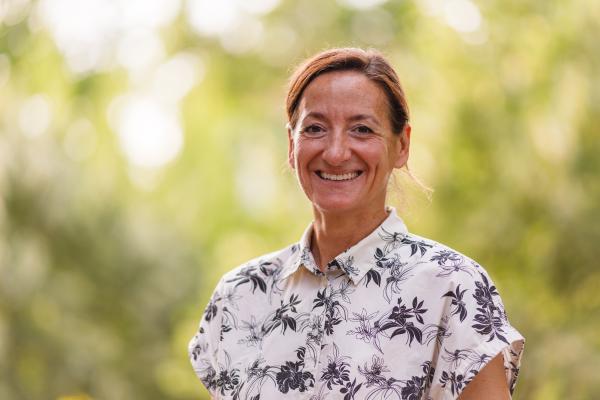 Dr. Christina Geiger (Director of Frankfurt Zoo)
Dr. Christina Geiger (Director of Frankfurt Zoo) -
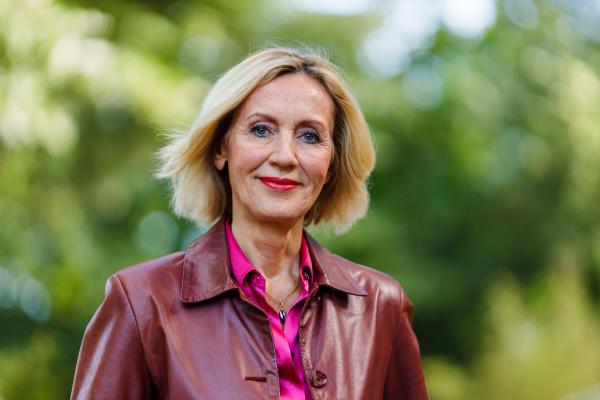 Petra Gerster (Awarded German journalist and news presenter)
Petra Gerster (Awarded German journalist and news presenter) -
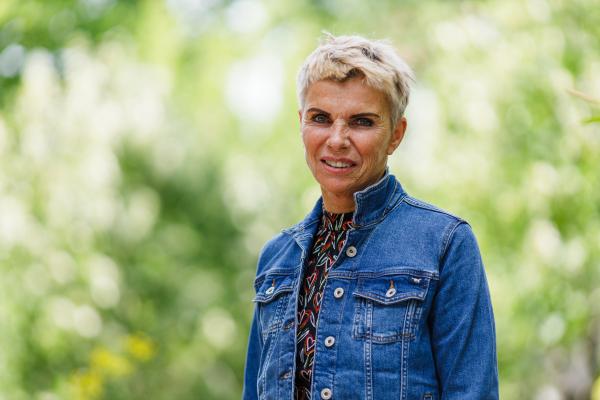 Sylvia von Metzler (Representative of the Metzler family bank)
Sylvia von Metzler (Representative of the Metzler family bank) -
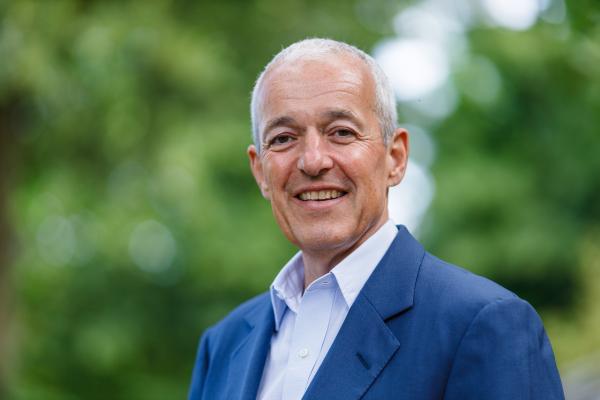 Johannes Huth (Investor, Finance Manager)
Johannes Huth (Investor, Finance Manager) -
 Anna Alex (Entrepreneur & Investor in Sustainability and Nature)
Anna Alex (Entrepreneur & Investor in Sustainability and Nature) -
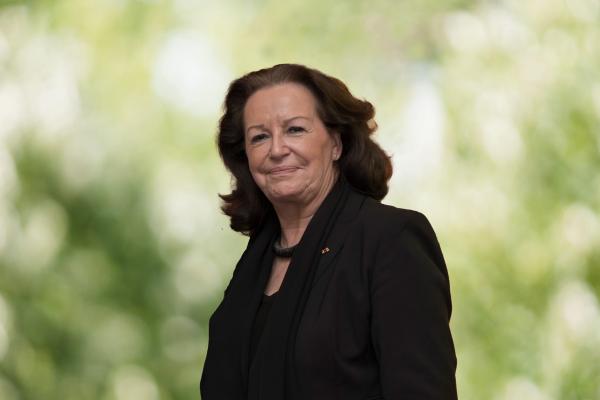 Gabriele Eick (Business owner of Executive Communications)
Gabriele Eick (Business owner of Executive Communications)






